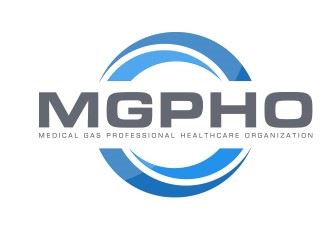Cary,
Sorry, but the notification system seems to have failed me and I only saw your post today.
Bob K. has it right. The problem with plume into WAGD is three fold:
1. it contains "stuff" (droplets, particles, etc) which will collect in the pipe, particularly at elbows and tees and block up the piping. It seems to form a particularly nasty goop every bit as bad or worse than the stuff we find in medical vacuum when the clinical staff is not attentive to the collecting bottles.
Theoretically, this can be dealt with using a point of use filter, but that MUST be done. Since we know that this is not always the case...
2. different plume extraction techniques use different flows, but some are little more than a hood at the surgical site powered by a glorified shop vac. No standard WAGD terminal can attain enough flow. Then they are proposing to split it?
Unless the WAGD system was designed expressly for the flow, the plume evacuation may overwhelm the system, resulting in unsatisfactory WAGD AND unsatisfactory Plume evacuation too. Now in trying to solve one you now have two occupational safety concerns.
3. Many of our WAGD systems are dual use, meaning that you are really using the medical vacuum system with a purple inlet. Introducing plume into that system means that all these evils are now going to be visited on the medical vacuum, meaning now you have unsatisfactory WAGD and unsatisfactory Plume evacuation AND unsatisfactory medical vacuum plus the risk of blocking up your medical vacuum pipelines with the "stuff" previously mentioned.
BTW, there is a new standard for Plume coming out I think this fall. The revised ISO 16571 should be approved in July. The current 16571 is pretty poor so don't waste your money, but the revision will be worth having.
While Plume is not medical gas, this might be a subject for a MGPHO talk? The Chair of the ISO 16571 group might be willing to do a review, and one of the members from Canada is a nurse with great expertise in the matter.

